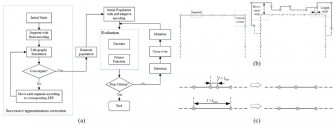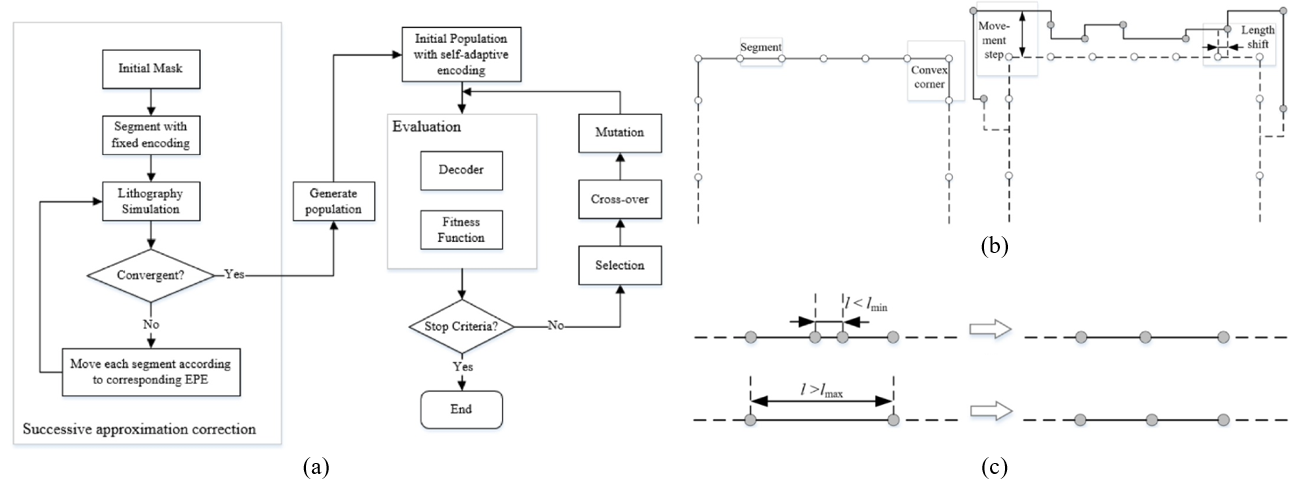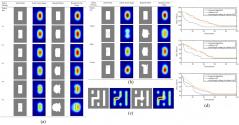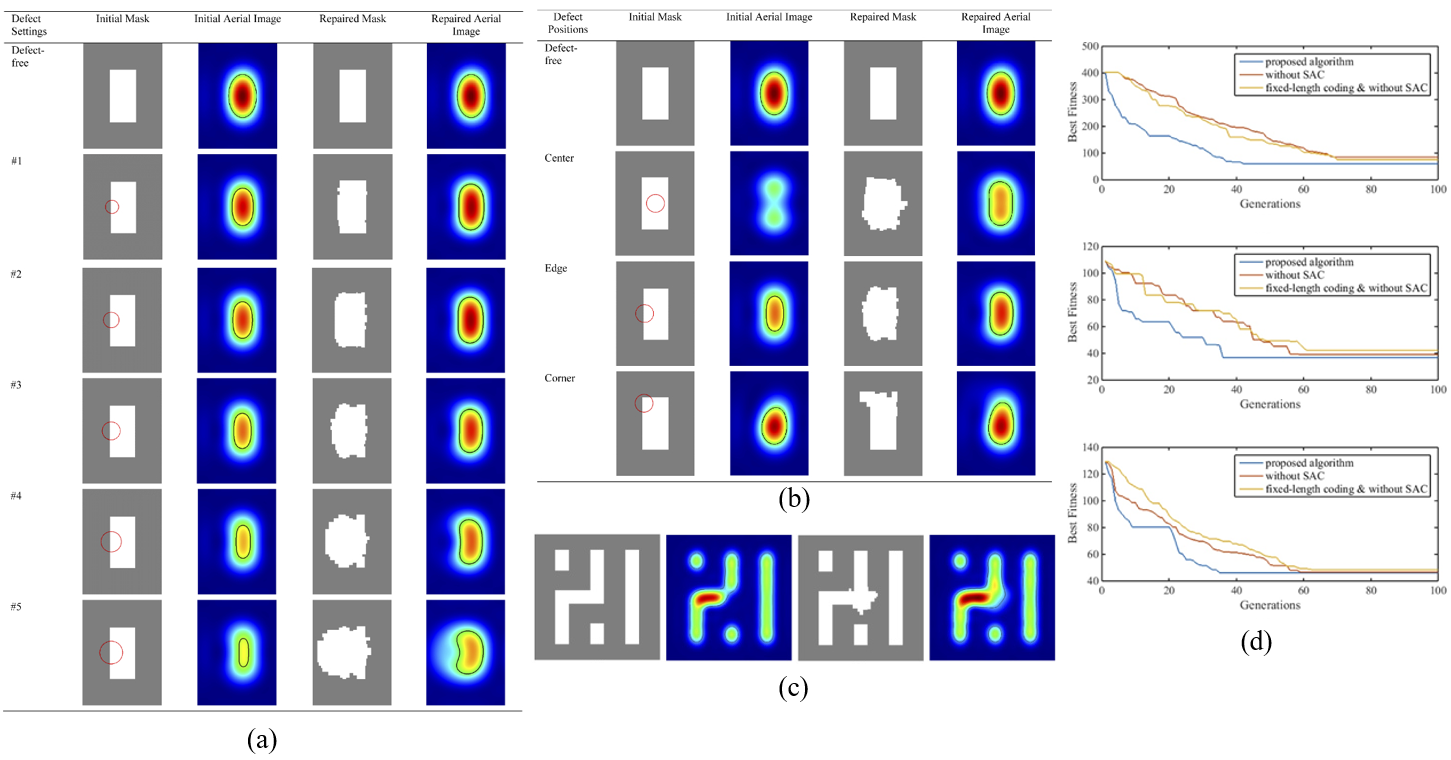AssassinsMace
Lieutenant General
I don't see the US comforted. The China threat to Western supremacy will come faster than waiting for China to get old.Low birth rate is answer for western for preventing china . That's all
I don't see the US comforted. The China threat to Western supremacy will come faster than waiting for China to get old.Low birth rate is answer for western for preventing china . That's all
If the West actually believe that, all they needed to do it just wait China out. Doesn't seem like the case.Low birth rate is answer for western for preventing china . That's all
Here in Silicon Valley, there are many Chinese restaurants, Chinese supermarkets, Chinese bakery, and there's a large Chinese shopping center (Cupertino). Santa Clara has a sizable Korean community, while San Jose has a very large Vietnamese community. There's also local Chinese radio and TV broadcast services, Silicon Valley is about the only place in the U.S. where a Chinese does no feel out of place.Idaho isn't Silicon Valley.
But the Indians are still rushing in. Their influence will be get bigger.Here in Silicon Valley, there are many Chinese restaurants, Chinese supermarkets, Chinese bakery, and there's a large Chinese shopping center (Cupertino). Santa Clara has a sizable Korean community, while San Jose has a very large Vietnamese community. There's also local Chinese radio and TV broadcast services, Silicon Valley is about the only place in the U.S. where a Chinese does no feel out of place.
But there's a trend where less Chinese settling in the U.S. Back in the old days, 90% of oversea Chinese students graduating from U.S. colleges would stay in the U.S. after graduation. Currently 90% of oversea Chinese students graduating from U.S. colleges would return to China after graduation, mainly because the Living Standard of China is equal to the U.S. , if not higher, especially in the large cities. Probably it's getting to be like Japan, where practically no Japanese would immigrate to U.S.




But the Indians are still rushing in. Their influence will be get bigger.
Remember their team used to be 300 people but 1/3 of them quit because they had better opportunities. This is them cutting losses.India is like China in the 20th century, when people envied the American dream and the rich built Western classical buildings, like some overseas Chinese in South-east Asia.
During the early 80s, many machinists from an American aircraft parts company in a SEA country chose to resettle in Australia when they were given the chance due to a shortage there.
So after taking into account the current status of China and the prevailing Sinophobic situation in the US, the number of engineers who eventually choose to immigrate to the US hopefully adds up to the low single digits - just 4-5.
You are rightRemember their team used to be 300 people but 1/3 of them quit because they had better opportunities. This is them cutting losses.
A current Micron employee, who requested anonymity, said the plan was announced internally last month and that the decision was made because of a “historic loss of technical know-how as some former employees and management were poached by big tech firms in China”.
Basically too much competition from Chinese companiesChen Rang, a long-time investor and entrepreneur in China’s semiconductor industry, said Micron’s Shanghai team has lost more than a third of its 300 members. With other chip design companies in China poaching its employees with high salaries and stock options, Micron’s move to relocate was “unsurprising”, he added.
This is an update to my earlier post on overseas foreign students returning to home country.Here in Silicon Valley, there are many Chinese restaurants, Chinese supermarkets, Chinese bakery, and there's a large Chinese shopping center (Cupertino). Santa Clara has a sizable Korean community, while San Jose has a very large Vietnamese community. There's also local Chinese radio and TV broadcast services, Silicon Valley is about the only place in the U.S. where a Chinese does no feel out of place.
But there's a trend where less Chinese settling in the U.S. Back in the old days, 90% of oversea Chinese students graduating from U.S. colleges would stay in the U.S. after graduation. Currently 90% of oversea Chinese students graduating from U.S. colleges would return to China after graduation, mainly because the Living Standard of China is equal to the U.S. , if not higher, especially in the large cities. Probably it's getting to be like Japan, where practically no Japanese would immigrate to U.S.
would like a source for future debates with haters and racists.This is an update to my earlier post on overseas foreign students returning to home country.
Percentage of students returning to their home countries after graduation
(USA Ivy League survey 2018):
South Korea = 98%
China = 97%
Taipei = 78%
Hong Kong = 65%
Malaysia 57%
Indonesia = 44%
Philippines = 9%
India = 0.2%
